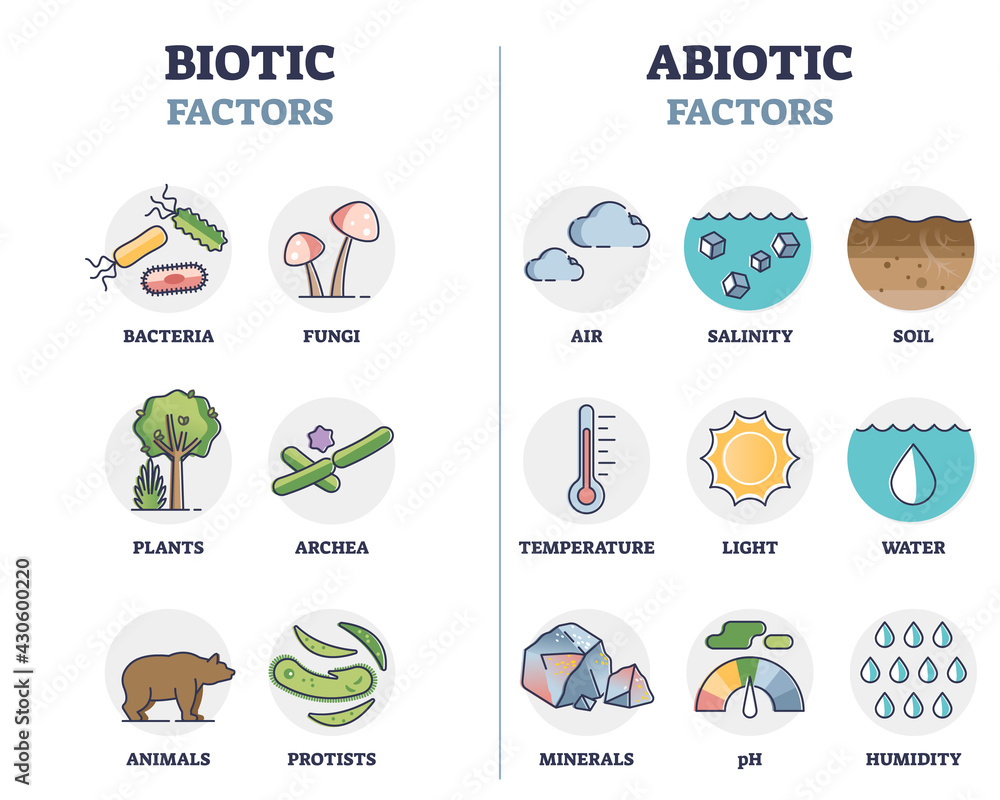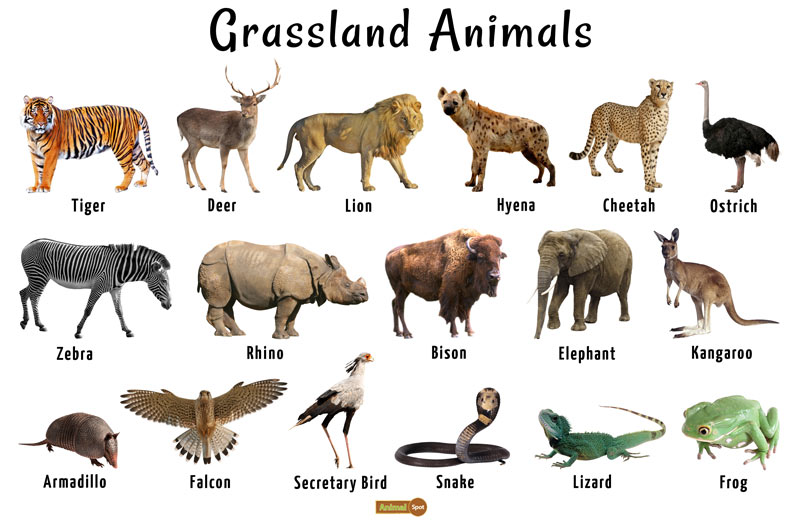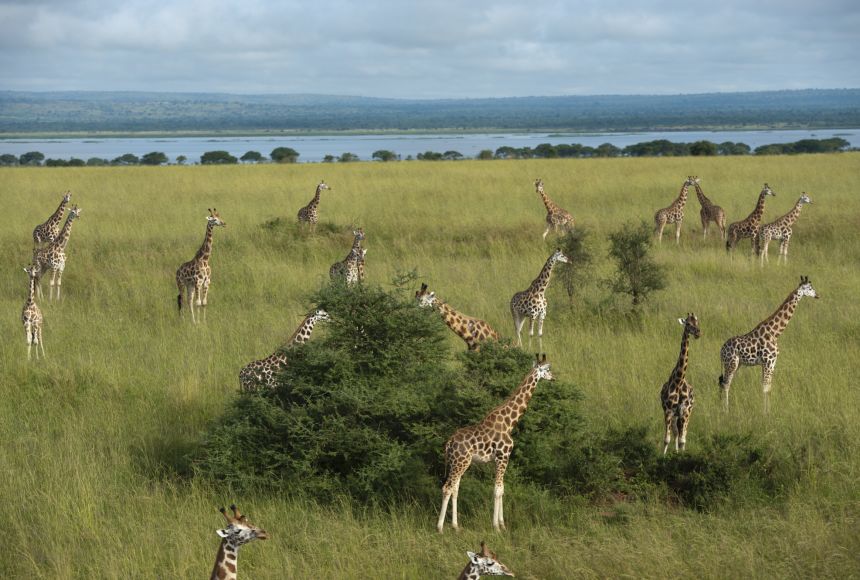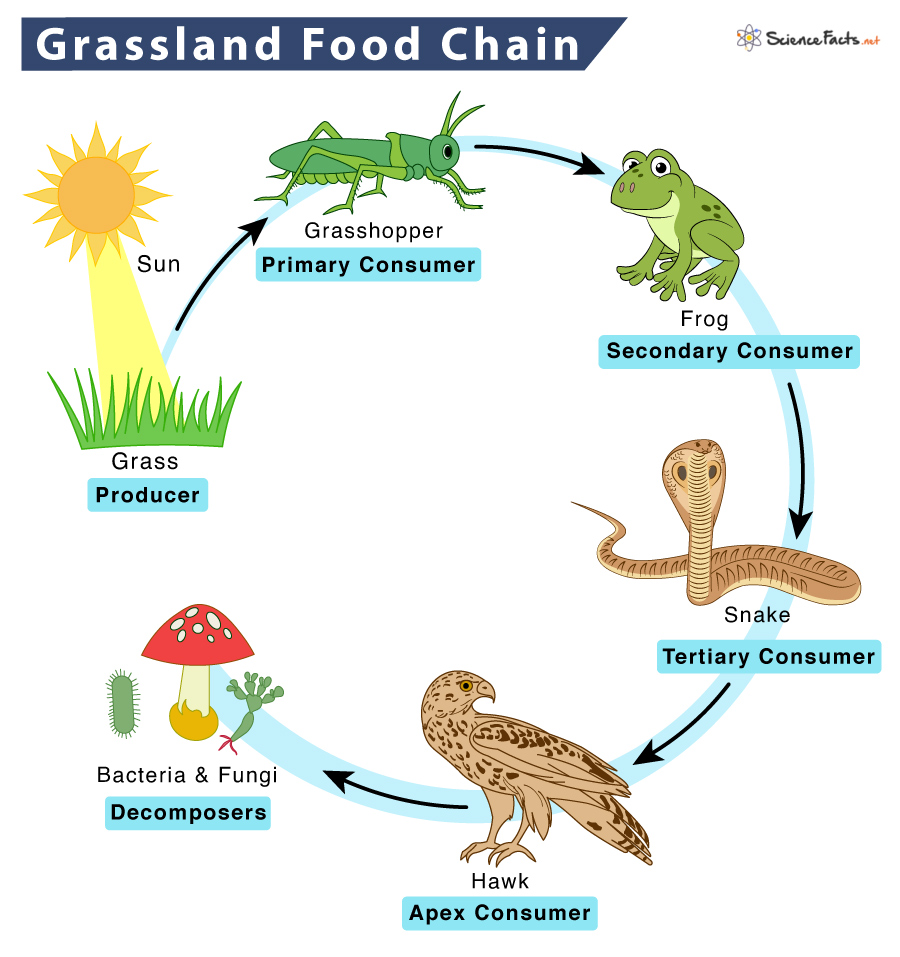Topic abiotic examples in an ecosystem: Explore the vital role of abiotic factors in ecosystems, from sunlight and water to soil and temperature, and how they shape the environment and support life on Earth.
Table of Content
- What are some examples of abiotic factors in an ecosystem?
- Understanding Abiotic Factors
- Types of Abiotic Factors
- Role of Temperature and Light
- Water and Soil Composition
- Impact of Wind and Air
- Salinity in Aquatic Ecosystems
- YOUTUBE: Water as an Abiotic Factor in Ecosystems
- Importance of pH Levels and Nutrients
- Effect of Altitude and Atmospheric Gases
- Abiotic Stressors: Pollution and Radiation
- Seasonal Variations and Their Effects
What are some examples of abiotic factors in an ecosystem?
Abiotic factors refer to the non-living components of an ecosystem that have an impact on the living organisms within it. They play a crucial role in shaping the environment of an ecosystem. Here are some examples of abiotic factors:
- Temperature: The level of heat or coldness in an ecosystem can greatly influence the growth and survival of different organisms.
- Water: The availability of water is essential for the survival of organisms. It affects their ability to drink, find food, and reproduce.
- Light: Light is crucial for photosynthetic organisms like plants to generate energy. The amount and intensity of light can determine which species can thrive in an ecosystem.
- Soil composition: The type and quality of soil can impact the nutrient availability and water retention abilities, directly affecting plant growth.
- Air composition: The composition of gases in the air, particularly the concentration of oxygen and carbon dioxide, directly affects the respiration of organisms.
- Wind: Wind can influence the dispersal of seeds, spores, and pollen, impacting the distribution of plant species in an ecosystem.
- Topography: The physical features of the land, such as mountains, valleys, and slopes, can create microclimates and affect the distribution of organisms.
- pH level: The acidity or alkalinity of water, soil, or other habitats can determine which species can survive and reproduce in a particular ecosystem.
These abiotic factors, along with biotic factors (living components), interact to create a balanced and diverse ecosystem.
READ MORE:
Understanding Abiotic Factors
Abiotic factors are the non-living components of an ecosystem that have a significant impact on the environment and the organisms within it. These factors play a crucial role in shaping ecosystems, determining the types of species that can thrive in certain environments, and influencing the overall biodiversity of an area.
- Temperature: Regulates the metabolic rates of organisms and influences the distribution of life across different ecosystems.
- Light: Essential for photosynthesis, it affects plant growth and the energy flow within an ecosystem.
- Water: A fundamental necessity for all life forms, its availability shapes ecosystems like deserts, forests, and aquatic environments.
- Soil Composition: Determines the types of plants that can grow in an area, affecting the entire food web.
- Atmospheric Gases: Oxygen, carbon dioxide, and nitrogen are crucial for life processes, including respiration and photosynthesis.
- Wind: Affects weather patterns, plant pollination, and seed dispersal.
Understanding the interplay between these abiotic factors and how they influence the biotic components (living things) is essential for studying ecosystems. These factors not only determine the survivability and distribution of species but also the productivity and diversity of the ecosystem.

Types of Abiotic Factors
Abiotic factors in ecosystems are crucial for the survival and development of biotic components (living things). These factors can be classified into several types, each playing a specific role in the ecosystem:
- Climatic Factors: Include sunlight, temperature, atmospheric gases, and precipitation. These factors determine the climate of an area and influence the types of organisms that can live there.
- Edaphic Factors: Relate to soil, such as soil pH, soil texture, soil water content, and mineral composition. These factors affect the types of plants that can grow, which in turn support various animal species.
- Topographic Factors: Include altitude, slope, and orientation of land. They can influence climate conditions and thus the distribution of species in an area.
- Hydrologic Factors: Concern water bodies in an ecosystem, including rivers, lakes, and oceans. Factors like salinity, water temperature, and flow rate determine aquatic life forms.
Understanding these abiotic factors is essential for comprehending how ecosystems function and the diversity of life they support. Each factor interplays with biotic components, shaping the unique characteristics of each ecosystem.
Role of Temperature and Light
The role of temperature and light within ecosystems is pivotal, directly influencing the physiological and behavioral patterns of organisms. These abiotic factors shape ecosystems by determining the types of species that can survive and thrive in specific environments.
- Temperature: Acts as a primary determinant of biogeographical distribution. It affects metabolic rates, growth, reproduction, and survival of organisms. Temperature variations create different habitats, from polar ice caps to tropical rainforests.
- Light: Essential for photosynthesis, light availability affects plant growth and, consequently, the entire food web. Light intensity and duration can influence flowering and breeding cycles, migration patterns, and feeding behavior of various species.
Temperature and light also play critical roles in seasonal changes, affecting ecosystem productivity and species interactions. Plants and animals adapt to these changes through various mechanisms, including migration, hibernation, and physiological adaptations, ensuring their survival and continued ecosystem function.
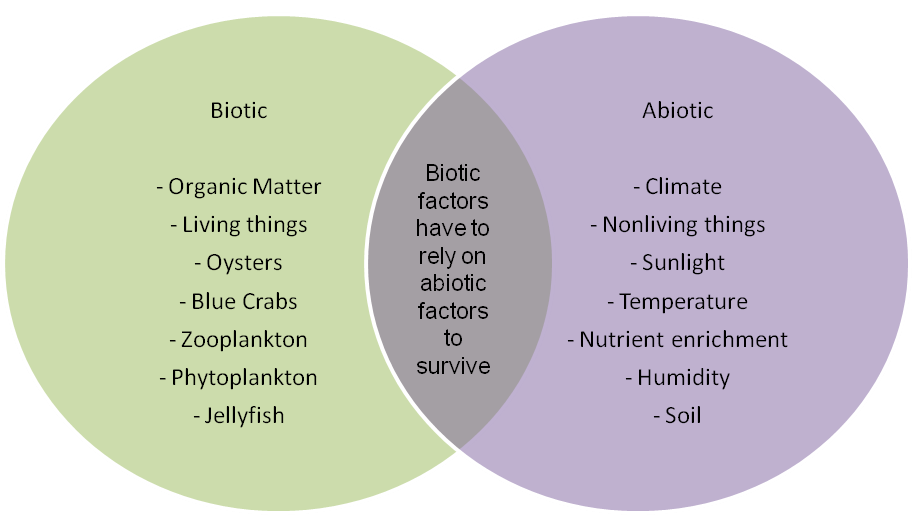
Water and Soil Composition
Water and soil are fundamental abiotic factors that significantly influence ecosystem dynamics. They not only provide essential resources for life but also shape the physical landscape and habitat conditions for organisms.
- Water: Its availability, quality, and movement are crucial for all living beings. In ecosystems, water affects plant hydration, nutrient transport, and the habitat conditions of aquatic and terrestrial species. The water cycle, including precipitation, evaporation, and runoff, integrates ecosystems globally.
- Soil Composition: Soil is a complex mix of minerals, organic matter, water, and air. Its properties, such as texture, structure, pH, and nutrient content, determine the types of vegetation that can grow, influencing the entire food chain. Soil also acts as a filter for water, a habitat for microorganisms, and a medium for plant growth.
Together, water and soil composition play a critical role in determining the productivity and biodiversity of ecosystems. They influence plant distribution, growth rates, and the ability of various species to survive in different environmental conditions.
Impact of Wind and Air
Wind and air quality are critical abiotic components that significantly influence ecosystem dynamics and organism behaviors. Their effects permeate through various ecological processes, shaping the environment and the life within it.
- Wind: Plays a vital role in pollination, seed dispersal, and the reduction of microhabitat temperatures. By influencing evaporation and transpiration, wind also affects moisture availability for plants.
- Air Quality: Determines the health of ecosystems and their inhabitants. Clean air is essential for all life forms, whereas polluted air can cause harm to plants, animals, and microorganisms by introducing toxins and altering the natural balance.
Together, wind and air quality control temperature regulation, gas exchange, and the spread of organic materials. They are instrumental in weather patterns and climate formation, impacting ecosystems at both micro and macro levels.

Salinity in Aquatic Ecosystems
Salinity, the concentration of salt in water, is a critical abiotic factor in aquatic ecosystems, influencing the distribution, diversity, and behavior of marine and freshwater organisms. The level of salinity affects the osmotic balance of aquatic life, thereby determining the species that can inhabit certain waters.
- Marine Ecosystems: Characterized by high salinity levels, supporting a vast diversity of life forms adapted to saline conditions. Organisms such as fish, marine mammals, and corals have evolved physiological adaptations to manage the high salt concentrations.
- Estuarine Ecosystems: Where freshwater meets saltwater, creating variable salinity conditions. These areas are highly productive and serve as nurseries for many marine species. Organisms here have adapted to tolerate a wide range of salinity levels.
- Freshwater Ecosystems: Typically have low salinity levels. Species in these environments are adapted to minimal salt concentrations and can be sensitive to changes in salinity, which can be caused by environmental factors or human activities.
Understanding salinity is crucial for conservation efforts, as changes in salt concentrations can have profound effects on aquatic ecosystems, altering species composition and ecosystem functions.
Water as an Abiotic Factor in Ecosystems
\"Discover the fascinating world of water as we dive deep into its secrets! From stunning underwater landscapes to the wonders of marine life, this video will immerse you in the beauty and power of water like never before. Get ready to be amazed!\"
Soil and Minerals as Abiotic Factors in Ecosystems
\"Unleash your curiosity as we uncover the hidden potential of soil in this captivating video! Explore the intricate web of life beneath our feet, as we delve into the importance of healthy soil for plant growth and the fascinating processes that take place within it. Don\'t miss out on the chance to deepen your understanding of this Earth\'s foundation!\"
Importance of pH Levels and Nutrients
The pH levels and nutrient availability in an ecosystem are critical abiotic factors that significantly influence the health and diversity of ecosystems. These factors affect the soil and water chemistry, which in turn impacts plant growth, microbial activity, and the overall functioning of the ecosystem.
- pH Levels: The acidity or alkalinity of soil and water can limit the types of plants that can grow in an area, affecting the entire food web. Different species have specific pH requirements for optimal growth. pH levels also influence the solubility of nutrients in the soil, affecting their availability to plants.
- Nutrients: Essential elements such as nitrogen, phosphorus, and potassium are vital for plant growth. The availability of these and other micronutrients in the soil supports the growth of plants, which serve as the foundation for food chains in terrestrial and aquatic ecosystems.
Nutrient cycling, including the decomposition of organic matter and the recycling of nutrients, is a key ecosystem process affected by pH levels and nutrient availability. These abiotic factors are integral to the sustainability of ecosystems, influencing productivity, biodiversity, and ecosystem resilience.
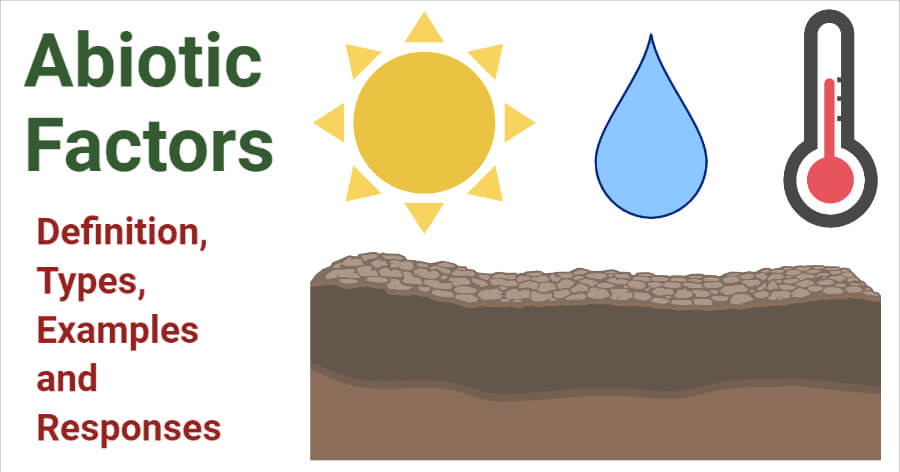
Effect of Altitude and Atmospheric Gases
Altitude and atmospheric gases are significant abiotic factors that influence ecosystem characteristics and organism adaptations. These elements affect climate, weather patterns, and the availability of oxygen, impacting both terrestrial and aquatic ecosystems.
- Altitude: Higher elevations are characterized by cooler temperatures, lower atmospheric pressure, and reduced oxygen levels. These conditions lead to distinct ecosystems, such as alpine and montane forests, with species adapted to these harsh environments.
- Atmospheric Gases: The composition of the atmosphere, including oxygen, carbon dioxide, and nitrogen, plays a crucial role in life processes. Oxygen is vital for respiration in animals and some microorganisms, while carbon dioxide is essential for photosynthesis in plants.
Changes in altitude can also influence weather and climate patterns, affecting precipitation, wind speeds, and temperature variations. These changes have a direct impact on the distribution of species and the structure of ecosystems. Understanding the effects of altitude and atmospheric gases is vital for predicting the impacts of climate change on biodiversity and ecosystem services.
Abiotic Stressors: Pollution and Radiation
Abiotic stressors such as pollution and radiation pose significant challenges to ecosystems, impacting the health and survival of organisms and altering the balance of natural habitats.
- Pollution: Can originate from various sources, including industrial waste, chemicals, plastics, and more. It affects water quality, soil health, and air purity, leading to detrimental effects on plants, animals, and microorganisms. Pollution can cause diseases, reproductive issues, and habitat destruction.
- Radiation: Natural and anthropogenic sources of radiation, including solar UV radiation and radioactive pollutants, can cause genetic mutations, reduce fertility, and lead to biodiversity loss. Organisms may exhibit varied tolerance to radiation, with some able to adapt to higher levels than others.
Understanding and mitigating the effects of these abiotic stressors is crucial for conservation efforts and ensuring the health and resilience of ecosystems worldwide.

READ MORE:
Seasonal Variations and Their Effects
Seasonal variations play a critical role in shaping ecosystems by influencing the cycle of life, growth, and dormancy in organisms. These variations affect both abiotic and biotic components, leading to dynamic changes in ecosystem processes over the year.
- Temperature Fluctuations: Changes in temperature between seasons can affect the metabolic rates of organisms, influencing their growth, reproduction, and survival strategies.
- Light Availability: Variations in daylight hours impact photosynthesis in plants, which in turn affects food availability for herbivores and the entire food chain.
- Precipitation Patterns: Seasonal changes in rainfall and snowfall influence water availability, affecting plant growth and water resources for animals.
- Migration and Hibernation: Many species adapt to seasonal changes through migration or hibernation, moving to areas with more favorable conditions or entering a state of dormancy to conserve energy.
Understanding seasonal variations and their effects on ecosystems is essential for studying ecological processes, species behavior, and the impact of climate change on biodiversity.
Understanding abiotic factors enriches our appreciation of ecosystems" complexity and resilience, highlighting the importance of preserving the delicate balance that sustains life on Earth.


